Best Travel Journals to Document Your Trip
Choosing a Journal Based on Your Writing Style
Do you prefer concise notes and sketches, or do you enjoy elaborate descriptions and detailed reflections? A travel journal isn't just a record of destinations; it's a reflection of your personal style. If you're a minimalist who thrives on capturing fleeting moments with quick sketches and a few key words, a smaller, pocket-sized journal might be ideal. Conversely, if you're a storyteller at heart, a larger journal with ample space for detailed narratives and evocative descriptions will be more satisfying. Consider the type of writing you enjoy and the amount of space you need to fully express yourself.
Considering the Physical Attributes of the Journal
The physical characteristics of a travel journal can significantly impact your experience. Think about the size, weight, and materials. A compact, lightweight journal is perfect for on-the-go travelers, allowing for easy packing and portability. Heavier, more substantial journals might be better suited for those who plan to use them as a dedicated, immersive record-keeping tool. The quality of the paper is also crucial; a journal with high-quality paper will ensure that your entries last for years to come.
Prioritizing Durability and Portability
Durability is paramount when selecting a travel journal. You'll want something that can withstand the rigors of travel, from jostling in a backpack to exposure to varying weather conditions. Consider the materials used in the journal's construction; sturdy covers and water-resistant paper are essential. Portability is equally important. A journal that's too bulky or heavy will quickly become a burden. Think about how you plan to carry your journal during your travels and select a size and style that meets your needs.
Assessing the Type of Information You Want to Record
Your travel journal should be tailored to the type of information you want to record. Are you focused on capturing detailed itineraries, or are you more interested in reflecting on your emotional experiences and personal insights? If you prefer to document specific details like flight numbers and hotel information, a journal with structured sections or pre-printed templates can be helpful. On the other hand, if your focus is on personal reflection and emotional experiences, a more open-ended journal with ample space for free-form writing might be a better fit.
Considering Your Budget and Personal Preferences
Travel journals come in a wide range of price points. Determine how much you're willing to spend and choose a journal that aligns with your budget. Beyond price, consider your personal preferences. What kind of aesthetic do you gravitate towards? Do you prefer a simple, minimalist design or a more elaborate, visually engaging journal? Choosing a journal that resonates with your personal style will enhance your overall travel experience and make record-keeping a more enjoyable activity.
Beyond the Written Word: Incorporating Visuals and Memories

Beyond the Written Word: Incorporating Visual Aids
Visual aids are crucial for enhancing comprehension and engagement in any presentation or document. Using images, charts, graphs, and other visual elements can significantly improve the reader's or viewer's understanding of complex concepts and ideas by providing a concrete representation of abstract information. Visuals also help break up large blocks of text, making the content easier to digest and more visually appealing. This is especially important for online content where attention spans are often shorter.
Incorporating relevant visuals can make the information more memorable and impactful. A well-chosen image can evoke emotions, spark curiosity, and help solidify key takeaways in the reader's or viewer's mind. This makes the learning process more effective. By combining text with appropriate visuals, you create a richer and more engaging learning experience.
Multimedia Integration for Enhanced Learning
The integration of multimedia elements like videos, audio clips, and interactive simulations can transform a static presentation into a dynamic and engaging learning experience. These multimedia elements can bring abstract concepts to life, making them more relatable and memorable for the audience. Multimedia can also cater to diverse learning styles, as different individuals may learn better through visual, auditory, or kinesthetic methods.
Videos, for example, can demonstrate processes, explain complex concepts, or showcase real-world applications. Audio elements like narration can provide context, explain technical details, or even create an atmosphere that enhances the overall learning experience. Interactive simulations, on the other hand, allow learners to actively participate in the learning process, promoting deeper understanding and retention.
Strategic Use of Design Principles for Impact
Effective design principles play a critical role in the overall impact of a presentation or document. Careful consideration of layout, color palettes, typography, and whitespace is essential for creating a visually appealing and user-friendly experience. Clear and consistent design elements can guide the reader's eye, emphasizing key information and making the content more accessible.
A well-structured layout, for example, can help organize information logically and improve readability. Using a balanced color palette can create a visually appealing and cohesive design. Choosing appropriate fonts and sizes can significantly impact the readability and overall aesthetic appeal of the content.
Accessibility Considerations for Diverse Audiences
Creating accessible content is paramount for reaching a wider audience. This involves considering the needs of individuals with disabilities, including those with visual, auditory, or cognitive impairments. Using alternative text for images, providing captions for videos, and ensuring proper color contrast are crucial aspects of accessibility. Failing to consider accessibility can exclude a significant portion of the potential audience and limit the impact of your message.
Providing transcripts for audio content and ensuring proper keyboard navigation for interactive elements are vital for inclusivity. These measures not only demonstrate respect for diverse needs but also enhance the overall quality and effectiveness of your communication.
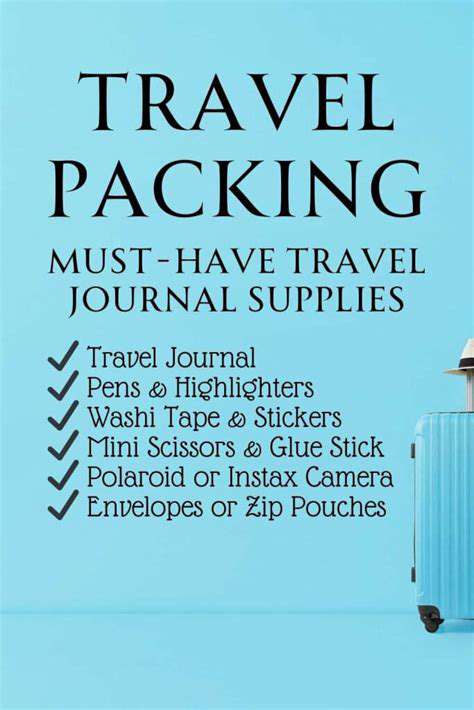
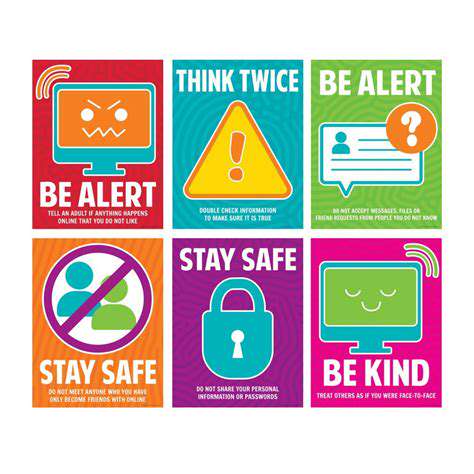


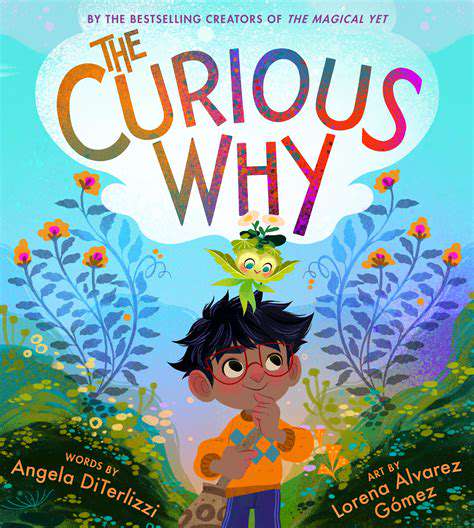


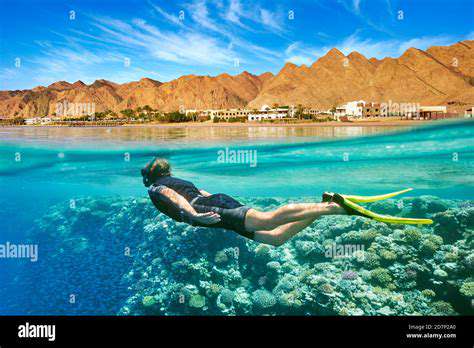


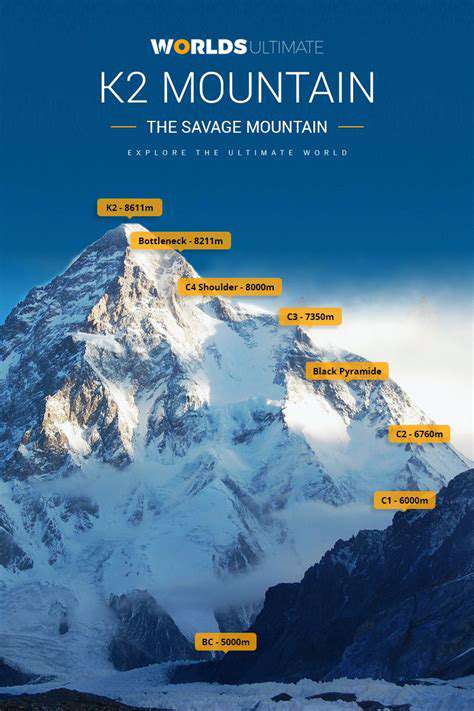

![Best Destinations for Kayaking [Rivers, Lakes, Coastlines]](/static/images/27/2025-07/ChoosingYourPerfectKayakingDestination.jpg)